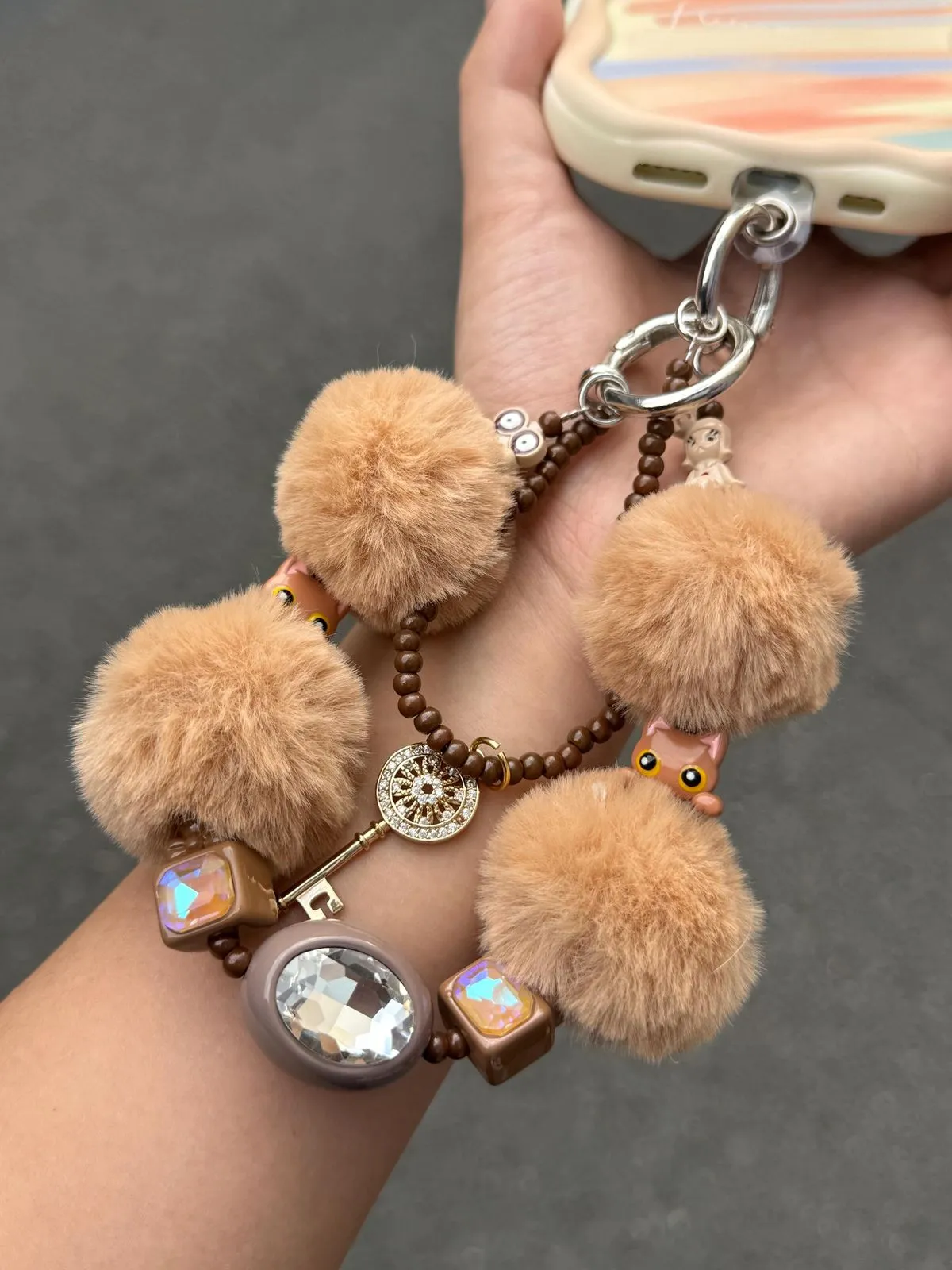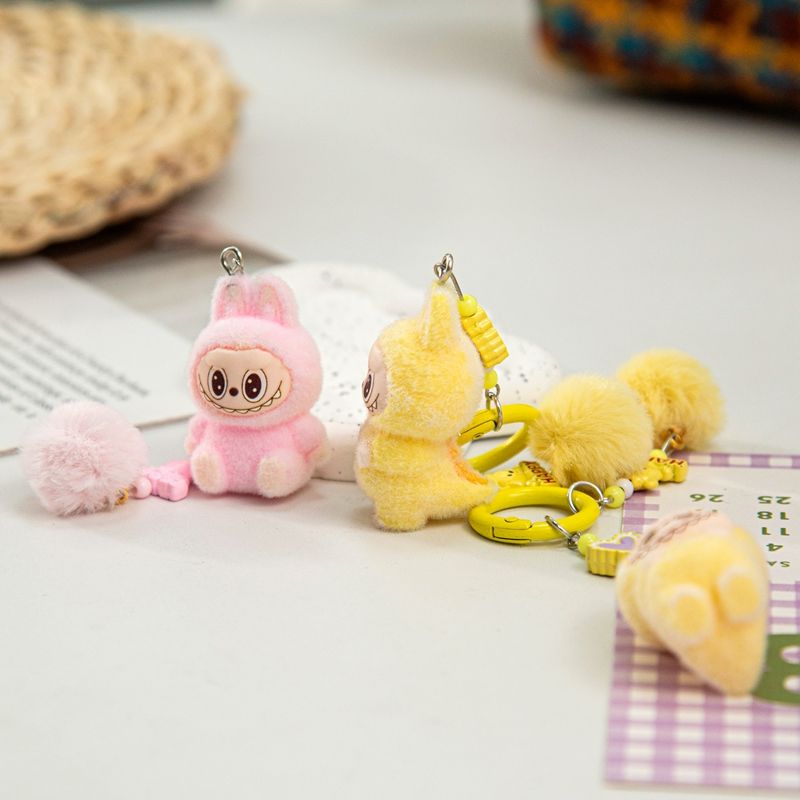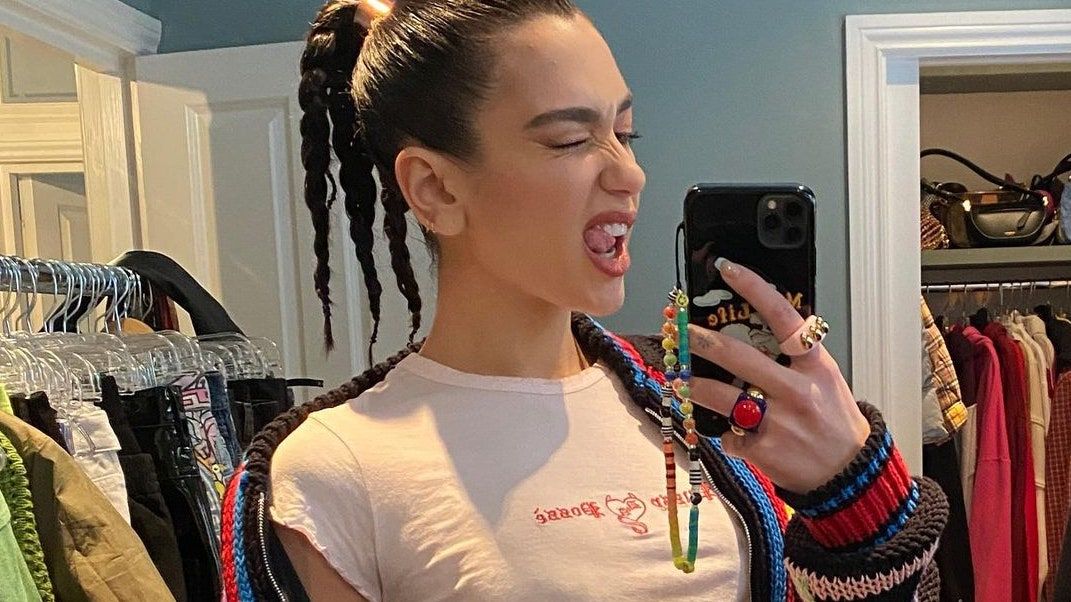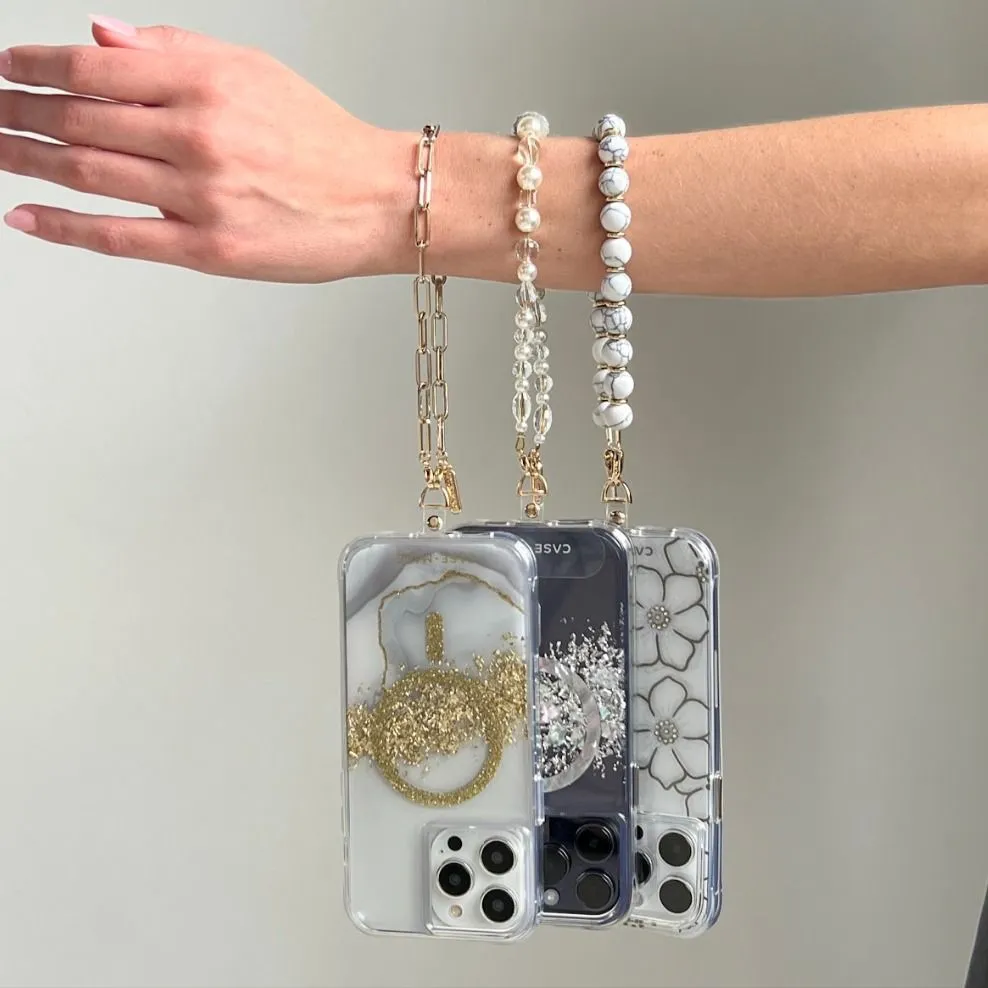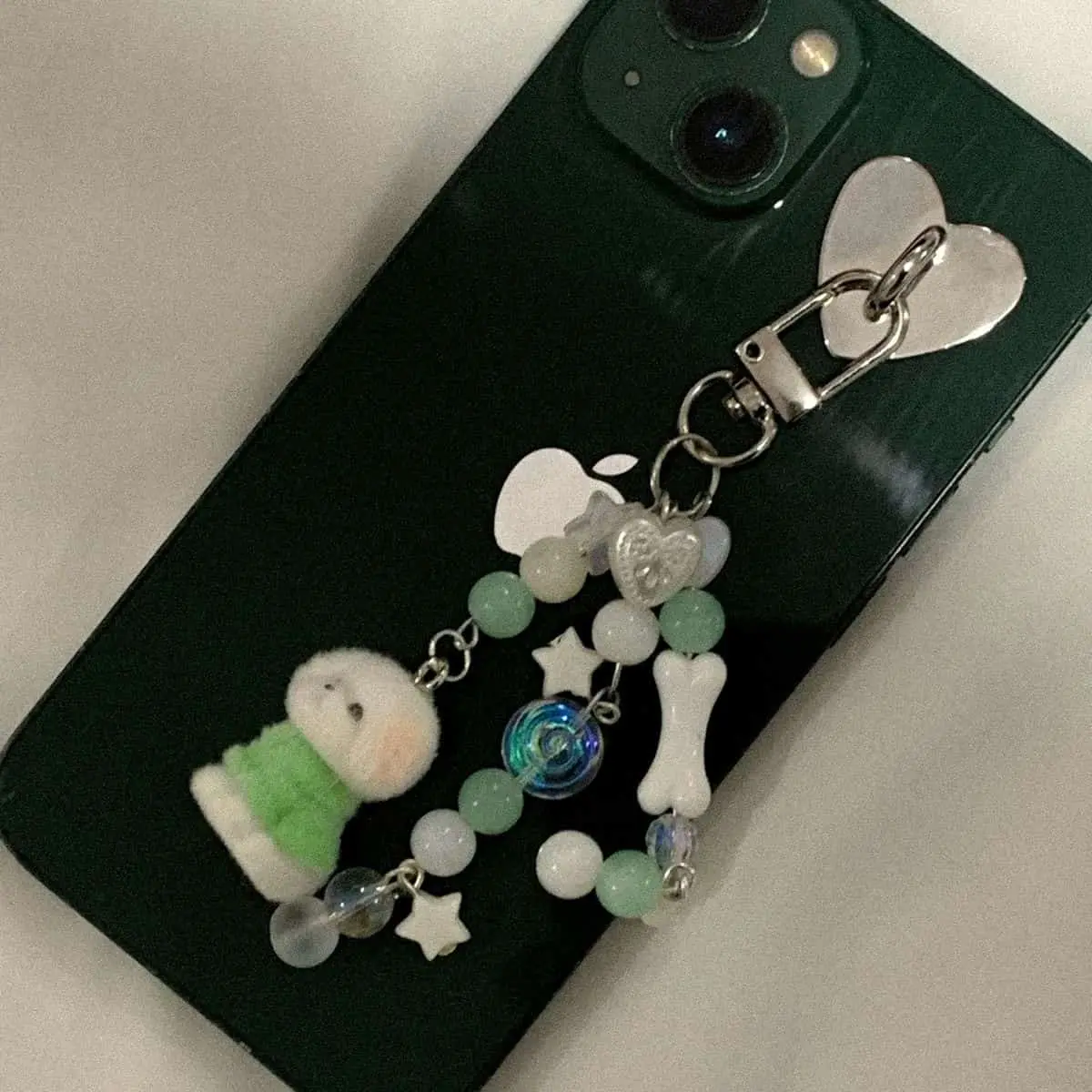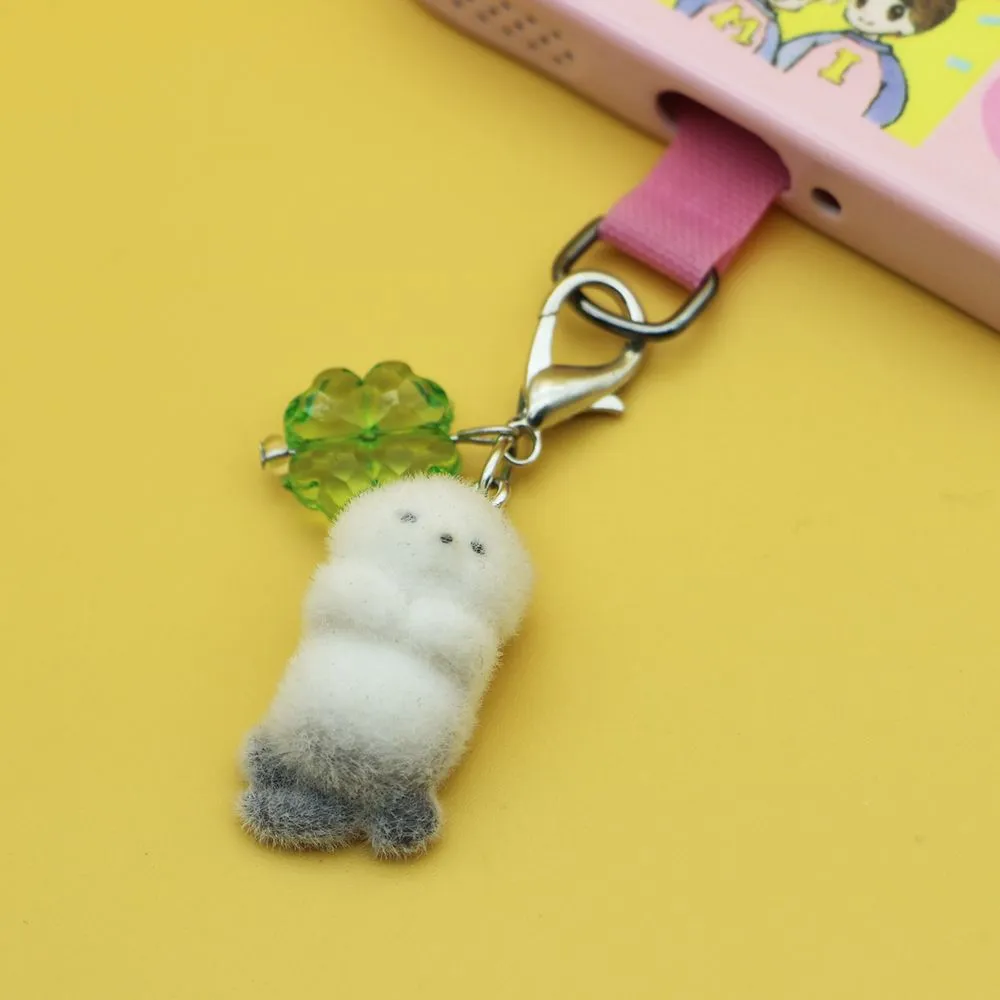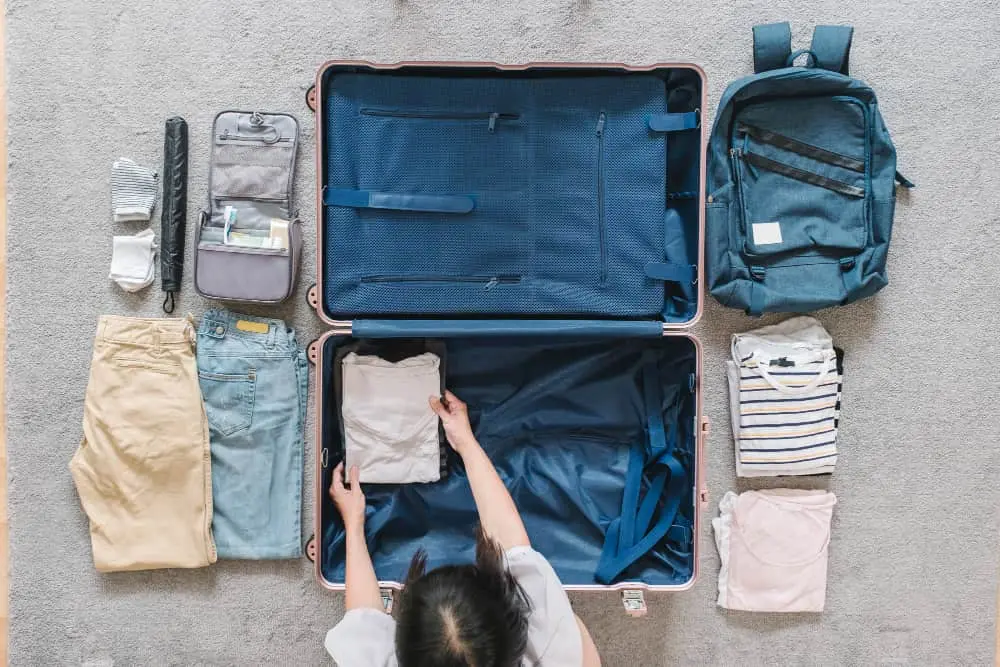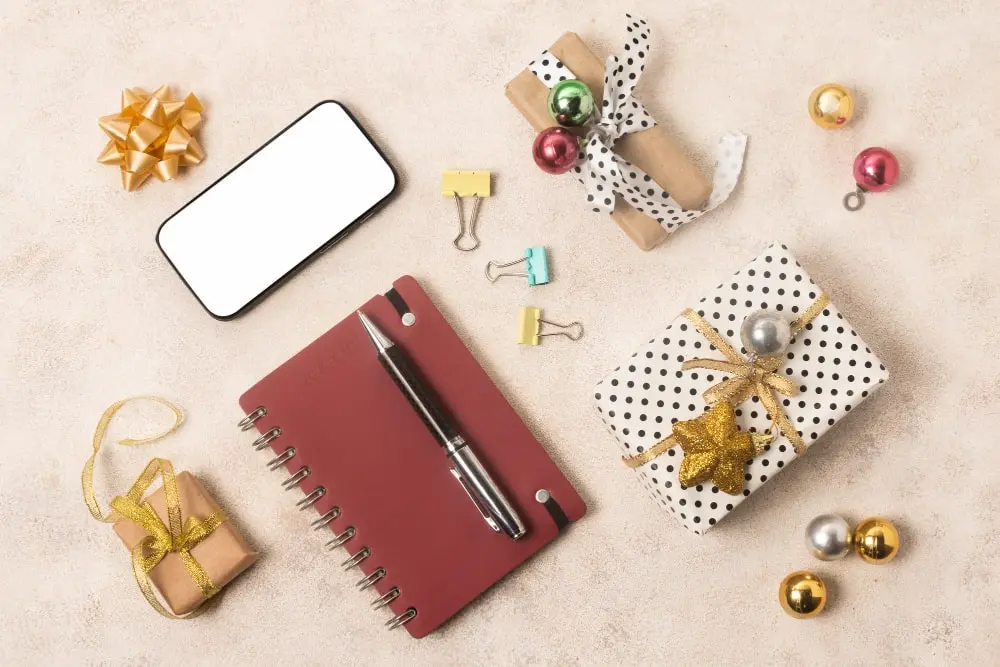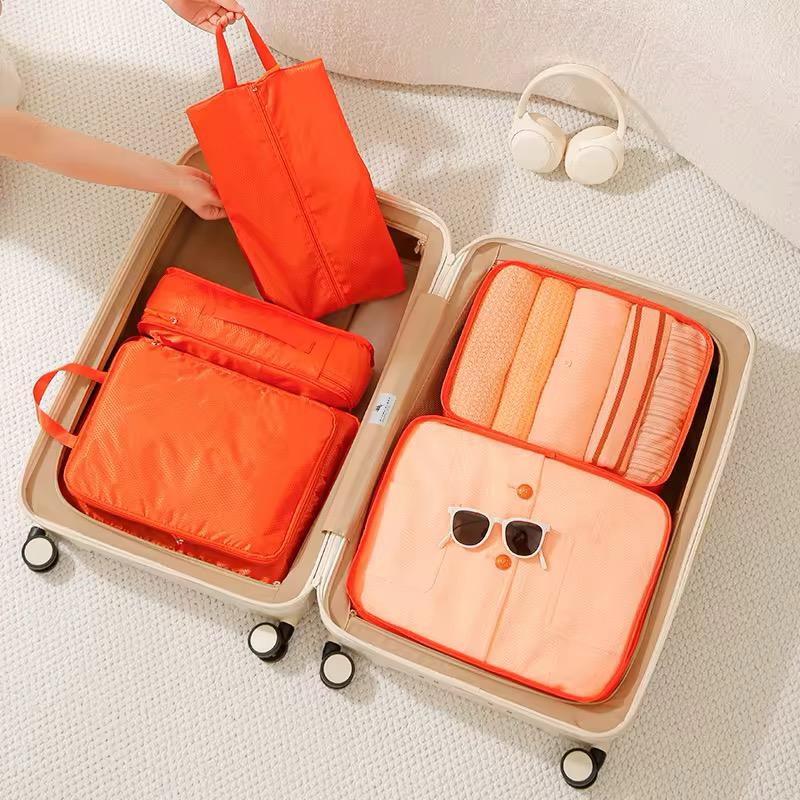Plush toys are a comforting presence in many homes whether it’s a child’s favorite bedtime companion, a collector’s prized display piece, or a sentimental keepsake from years past. But no matter how cute or meaningful they are, plush toys eventually get dirty.
From sticky hands and outdoor adventures to accidental spills and everyday dust, these soft companions need regular cleaning to stay fresh and safe. That leads many people to wonder: can you just toss them in the washing machine like other laundry?
Let’s break it down.
Table of Contents
ToggleAre Plush Toys Machine Washable?
Yes, many plush toys are machine washable, but not all of them. Whether or not a stuffed animal can be safely washed in a machine depends on several factors mainly the fabric used, the type of stitching, the stuffing, and any attached or internal components.
While some toys are made to be durable and can handle a gentle machine wash, others may contain fragile parts like electronics, glued-on decorations, or delicate accessories that can get damaged in the washer.
The best way to know for sure is to check the care label. Manufacturers usually include clear instructions if the label says “machine washable,” then you can proceed with confidence using the right cleaning method.
If the label says “hand wash only” or doesn’t exist, you’ll need to examine the toy more closely and proceed with caution.
What Plush Toys Are Usually Safe to Wash in a Machine
Machine-washable plush toys are typically made of durable fabrics like polyester or cotton blends, and they have firmly stitched seams without fragile decorations. These toys often don’t include any electronic components or intricate embellishments.
You can usually wash a plush toy safely in the machine if:
- It has no sound chips, lights, or batteries inside.
- The eyes or noses are stitched or securely sewn, not glued on.
- The label says “machine washable” or “safe for washing machines.”
- It doesn’t contain memory foam, beans, or materials that absorb and hold too much water.
But if any of those conditions are missing, it’s better to avoid machine washing.
How to Wash Plush Toys in a Washing Machine the Right Way
Machine washing plush toys needs to be done gently and carefully. Even if the label gives the green light, the toy should still be protected to prevent wear and tear.
Here’s how to do it properly:
- Put the plush toy in a mesh laundry bag or pillowcase. This reduces direct friction and prevents seams from loosening or fabric from stretching.
- Use cold or lukewarm water and a delicate wash cycle. High temperatures can shrink fabric or fade colors.
- Add a mild, non-toxic detergent. Avoid bleach, strong stain removers, or anything with harsh chemicals, especially for toys that toddlers might chew or cuddle with.
- Skip the fabric softener. It can leave residues that irritate skin or affect the plush texture.
- Air dry instead of tumble dry unless the tag clearly says tumble drying is safe.
Following these steps helps preserve the softness, color, and shape of the toy while keeping it hygienic.
Can Plush Toys Go in the Dryer?
Drying is often where things go wrong. Most plush toys should be air dried unless the care label specifically allows machine drying. High heat from the dryer can cause synthetic fibers to melt slightly or change shape, especially if the toy is made from faux fur or delicate fleece.
If you want to speed up the process:
- Use the lowest heat setting or air-only mode on the dryer.
- Throw in a couple of clean towels to balance the load and reduce tumbling stress.
- Check on the toy every few minutes to avoid overheating or warping.
But in general, laying the plush toy flat on a clean, dry towel in a well-ventilated space is the safest way to dry it.
Also Read: What Is Plush Toys? Meaning, Uses, and Why They’re So Loved
What to Do If the Plush Toy Has Electronics or Batteries?
If your plush toy makes sounds, sings, lights up, or vibrates when pressed, it most likely contains electronic components that must be kept dry. Machine washing such toys can ruin the electronics and even pose a safety risk.
For toys with electronic or battery-operated parts:
- Do not submerge them in water.
- Clean the surface gently using a damp cloth with mild soap.
- Use a toothbrush to scrub dirty spots around seams or crevices.
- Disinfect using baby wipes or a fabric-safe sanitizer if needed.
In some cases, the electronic module can be removed before washing. If that’s possible, take it out and wash the outer plush layer according to the label’s instructions.
How to Hand Wash Plush Toys (When Machine Washing Isn’t Safe)
Hand washing is the safest route for most plush toys especially those that are delicate, handmade, vintage, or don’t have a care label. It takes a bit more time but significantly reduces the risk of damage.
To hand wash a plush toy:
- Fill a basin with lukewarm water and a small amount of gentle detergent.
- Submerge the toy, then squeeze and release gently to work the soapy water through the fabric.
- Let it soak for 10–15 minutes if needed.
- Rinse thoroughly with clean water until all soap is gone.
- Press out excess water using a towel. Don’t twist or wring it.
- Let it air dry completely before giving it back to your child or putting it on display.
This method is especially helpful for plush toys that have sentimental value or can’t easily be replaced.
How Often Should You Wash Plush Toys?
How frequently you wash plush toys depends on how often they’re used and under what conditions. A toy that your child sleeps with every night will need more frequent cleaning than one that sits untouched on a shelf.
Here’s a general rule of thumb:
- Every 2–4 weeks for toys that are played with daily or taken outside.
- Immediately after illness to prevent the spread of germs.
- Occasionally or seasonally for display or collectible toys to remove dust.
Regular cleaning not only keeps plush toys looking fresh but also ensures they stay hygienic, especially for younger children who might mouth or cuddle them closely.
Final Thoughts
While many plush toys are machine washable, it’s not a one-size-fits-all situation. Always check the label, consider the materials and features of the toy, and use a cleaning method that preserves its structure and safety.
Whether it’s a beloved teddy bear or a soft collectible, knowing how to clean it properly ensures it stays huggable and safe for years to come.
If you’re looking for plush toys that are not only adorable but also easy to care for, Switts offers a variety of machine-washable plush toys designed with both kids and parents in mind.
Our selection is made with durable fabrics, reinforced stitching, and thoughtful details, so your little one’s favorite companion can stay fresh, clean, and cuddly through everyday adventures.
Let us know if you’d like help choosing the perfect plush for your needs, we’re here to make soft toys simpler to love and easier to care for.
- Are Phone Charms Still Trendy in 2025? Here’s the Answer - September 29, 2025
- Best Mini Plush Toys for Phone Charms to Add Style and Personality - September 26, 2025
- What Celebrities Have Phone Charms? A Look at Hollywood’s Cute Trend - September 26, 2025


